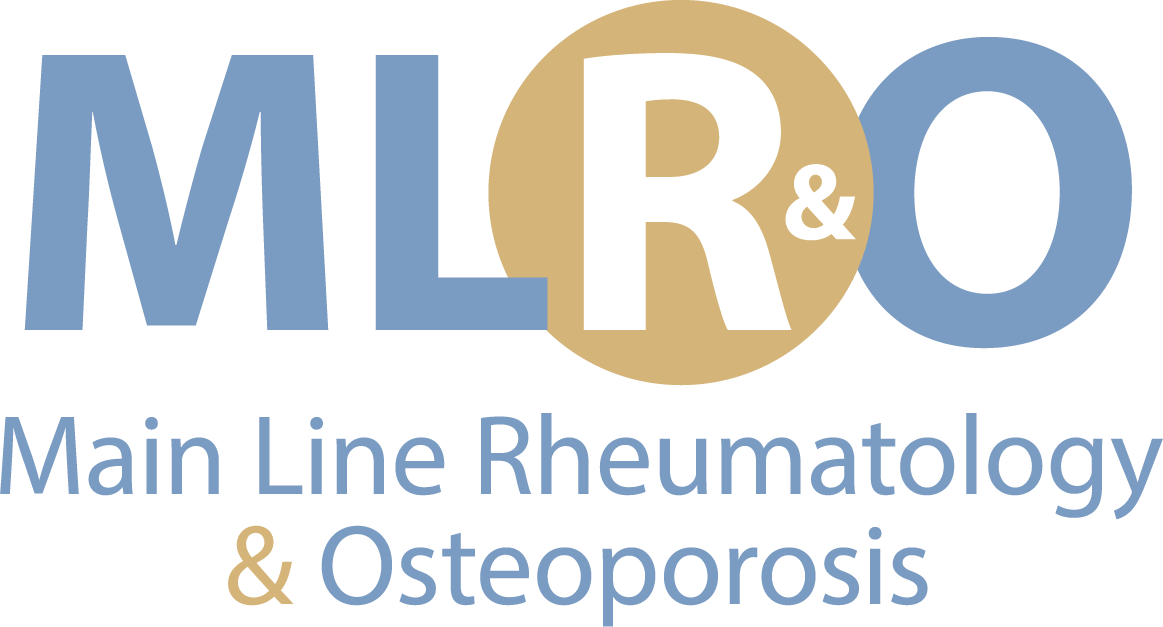Paget’s disease of bone
Paget’s disease of bone is a chronic disorder that typically results in enlarged and deformed bones in one or more regions of the skeleton, primarily in the pelvis, skull, spine and legs. Because this disease causes the body to generate new bone faster than normal, the rapid remodeling produces bone that’s softer and weaker than normal bone, which can lead to bone pain, deformities and fractures, and further complications such as arthritis, hearing loss and pinched nerves in the spine.
The cause of Paget’s disease of bone is unknown and is rarely diagnosed in people under 40. Disease risk increases with age, and if any family members have the disorder. Scientists suspect a combination of environmental and genetic factors contribute to the disease.
Most people who have Paget’s disease of bone have no symptoms. Sometimes, the possibility of the condition is detected when a blood test reveals an elevated level of alkaline phosphatase. But when symptoms occur, the most common complaint is bone pain. Bone scans are useful in determining the extent and activity of the condition; scans involve less radiation than x-rays and are more sensitive in detecting areas of affected bone.
Recommended treatment are bisphosphonates, such as Actonel™, Fosamax@ and Aredia®, which are medications used to strengthen bones weakened by osteoporosis.
Talk to your doctor if you have:
- Pain in your bones and joints
- Tingling and weakness in an extremity
- Bone deformities
- Unexplained hearing loss, especially if only on one side

